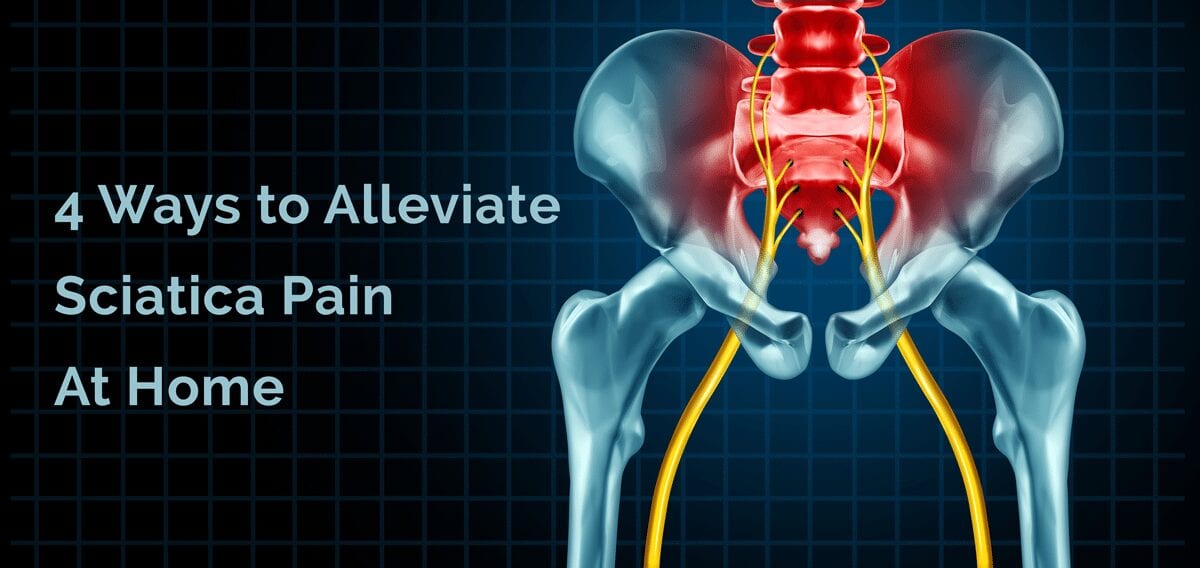4 Ways to Alleviate the Pain of Sciatica and Protect Your Back and Spine During the Pandemic
A sedentary lifestyle can cause or aggravate sciatica.
During this pandemic when we are adhering to the “shelter in place” order people are sitting for much longer periods of time with little to no exercise or activity. This can wreck havoc on your spine and overall physical health of your body.
People who sit for long periods and are physically inactive are more likely to develop sciatica, compared with active people. A big reason for this is that sitting compresses your spine and discs, which – depending on your’s spines condition – may irritate a spinal nerve root. Another reason is that sitting may put pressure on the sciatic nerve directly, as in the case of piriformis syndrome.
What is Sciatica?
Sciatica is not a condition, but rather a symptom of another problem involving the sciatic nerve. Some experts estimate that up to 40 percent of people will experience sciatica at least once in their life. Sciatica is usually caused by a compressed nerve in the lower spine as a bulging or herniated disc. Bone spurs and spinal stenosis (narrowing) can put pressure on the sciatic nerve in the lower back.
The sciatic nerve is the longest nerve in your body. It starts in your lower back and splits to run through your hips, buttocks, legs, and feet on both sides. Anything that irritates this nerve can cause pain, ranging from mild to severe.
Home Therapies for Sciatica
Below are 4 at-home sciatica therapies that may be a good option when you are in shelter at home and the just started experiencing sciatic nerve pain or whose pain is not severe, but we urge you get your doctor’s approval before trying any of these at-home treatments.
If you’ve been dealing with sciatica for a few weeks or have debilitating low back and leg pain, please contact our office. We are currently taking telemedicine visits and our office is open and completely functional.
Getting off the chair and moving with gentle exercise will help alleviate the compression on your spine from constant sitting during this quarantine. Walking is a great example of physical activity that keeps your spine strong without doing any additional damage. In addition to making your spine stronger (eg, core exercises, a stronger spine better protects against pain), triggers the release of endorphins to reduce your perception of pain.\
Gentle stretching can also relieve lower back pain.
A doctor or physical therapist may recommend that people perform several stretches or yoga poses during the day.
As well as movement with exercise and stretching, some people who experience sciatica symptoms also try other home remedies to ease their pain and discomfort.
Other home remedies to follow for spine and back pain include the following:
- Ice: Icing the area for 20 minutes several times a day for the first two to three days after the pain begins.
- Heat: Using heat on the area after the first few days.
- Anti-inflammatories: Taking anti-inflammatory medications to ease the pain. Ibuprofen is available for purchase over-the-counter or online.
Anyone that experiences sciatica for longer than a month should seek medical attention. Additionally, any person that has severe sciatica should seek medical care as soon as possible.

